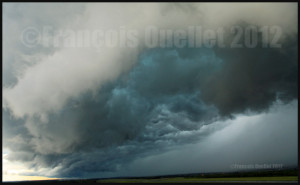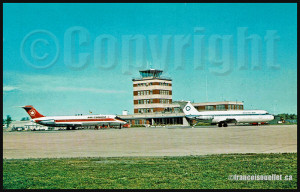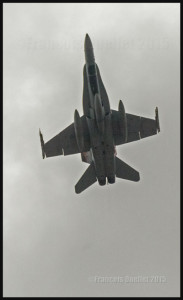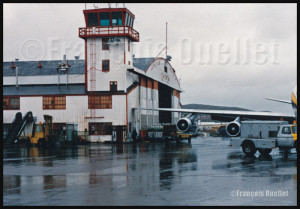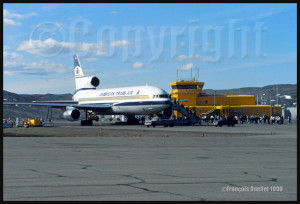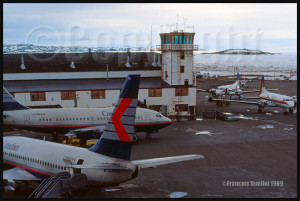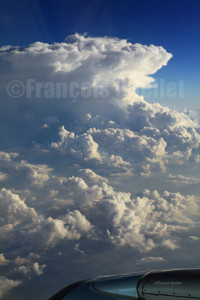The Nav Canada flight service specialists (FSS) working at the flight information center (FIC) at the Quebec Jean-Lesage international airport (CYQB) regularly receive telephone calls from hot air balloon pilots preparing their next flight. Actual and forecasted wind conditions are important, be it on the ground or in the air. But the FSS must also take into account the slightest possibility of a rain shower that would wet the balloon’s envelope, the variation in the convection according to the time of the day which would then affect the winds, the local effects, etc.
Although it is interesting to brief a hot air balloon pilot on the telephone, it is far better to witness their activity when getting ready for a flight. And the effect is even more striking when you position yourself in the middle of a field where more than a hundred hot air balloons lift altogether.

Summer 2012. A beautiful day was expected in St-Jean-sur-Richelieu. Blue sky and calm winds were forecasted for the evening. There would certainly be photo opportunities (Canon 5D MKII).
The field where the balloons were being prepared was fenced, but there were here and there openings and it seemed possible to enter the area without attracting too much attention. I made an attempt and could rapidly live the frenzy associated with the preparation and launch of more than one hundred hot air balloons.
The balloons progressively took shape and it became possible to see their designs and superb colours. Each team was taking care of the last details that ensure a synchronized launch when the signal would be given. The organizer eventually gave the go ahead signal and the hot air balloons all lifted up within a very short time span. This was a magnificent show!
Few years earlier, during summer 2005, a hot air balloon had flown over our house in Quebec City at about one hundred feet. This was not a normal situation to witness that balloon slowly lose altitude and get closer to electrical wires. I had taken my bike and followed the balloon since it became obvious that the pilot was trying to land, possibly short of propane gas.
The pilot did not have an easy task, flying low over the city streets, close to the wires and other obstacles. The passengers must have been wondering what would be the issue of that flight. Arriving near a school, the pilot had seen a small parking lot and tried to land there, avoiding the church steeple on the other side of the street.
We were few citizens to hang to the basket and immobilize it while the balloon’s envelope was slowly deflating. I was able to take a shot of that unusual balloon’s approach…
For more real life stories about being a FSS in Quebec City, click on the following link: Flight service specialist (FSS) in Quebec City






